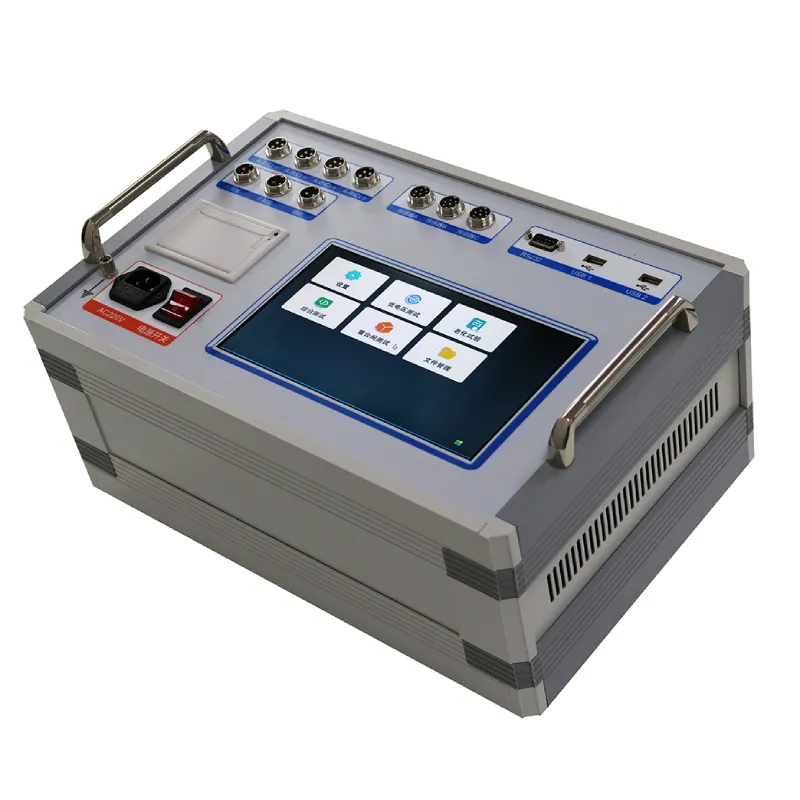 English
English


Transformer Oil Quality Assessment Through Experimental Testing Procedures
Transformer Oil Testing Experiment Ensuring Reliability and Efficiency
Transformer oil is essential for the proper functioning of electrical transformers, serving as both an insulator and a coolant. To ensure the reliability and efficiency of transformers in various applications, conducting comprehensive testing of transformer oil is imperative. This article explores the significance of transformer oil testing, the methodologies involved, and the implications of the findings.
Transformer Oil Testing Experiment Ensuring Reliability and Efficiency
One of the core tests performed on transformer oil is the dielectric strength test. This is conducted using a standardized procedure where an alternating voltage is applied to the oil sample until it breaks down. The maximum voltage that the oil can withstand without failing provides valuable insight into its insulating capabilities. Regular monitoring of dielectric strength helps in identifying potential issues before they escalate into serious problems.
transformer oil testing experiment

Another essential aspect of transformer oil testing is the assessment of moisture content. Water is detrimental to transformer oil, as it reduces its insulation properties and promotes the formation of sludge. The presence of moisture can result in electrochemical reactions that degrade the oil and lead to transformer failures. To measure moisture content, chemists often employ Karl Fischer titration or infrared spectroscopy. Keeping moisture levels to a minimum is critical for the reliability of transformers, making this testing a top priority.
The acidity test measures the total acid number (TAN) of the transformer oil, indicating its level of degradation. Over time, the oil may break down due to oxidation processes, leading to increased acidity. Higher acidity can corrode insulation materials and the metal components of the transformer, ultimately reducing its operational lifespan. Regular acidity testing allows for timely intervention, either by replacing the oil or applying filtration techniques to remove contaminants.
Furthermore, the dissolved gas analysis (DGA) is a vital technique used to monitor the health of transformer oil. It involves analyzing the gases that are present in the oil as a result of electrical or thermal faults. By identifying specific gases such as hydrogen, methane, and ethane, engineers can diagnose the type of faults occurring within the transformer. This predictive maintenance approach enables proactive measures to mitigate risks and prolong the life of the transformer.
In conclusion, transformer oil testing is critical to ensuring the safe and efficient operation of transformers. By regularly conducting tests to assess dielectric strength, moisture content, acidity, and gas analysis, engineers can detect potential problems and take corrective actions before they lead to severe failures. As the demand for electricity grows and the infrastructure ages, the importance of transformer oil testing will become even more pronounced, securing the reliability and efficiency of electrical systems worldwide. The continued research and development in testing methodologies also promise advancements that will improve the performance and safety of transformer operations in the future.
-
Differences between open cup flash point tester and closed cup flash point testerNewsOct.31,2024
-
The Reliable Load Tap ChangerNewsOct.23,2024
-
The Essential Guide to Hipot TestersNewsOct.23,2024
-
The Digital Insulation TesterNewsOct.23,2024
-
The Best Earth Loop Impedance Tester for SaleNewsOct.23,2024
-
Tan Delta Tester--The Essential Tool for Electrical Insulation TestingNewsOct.23,2024





